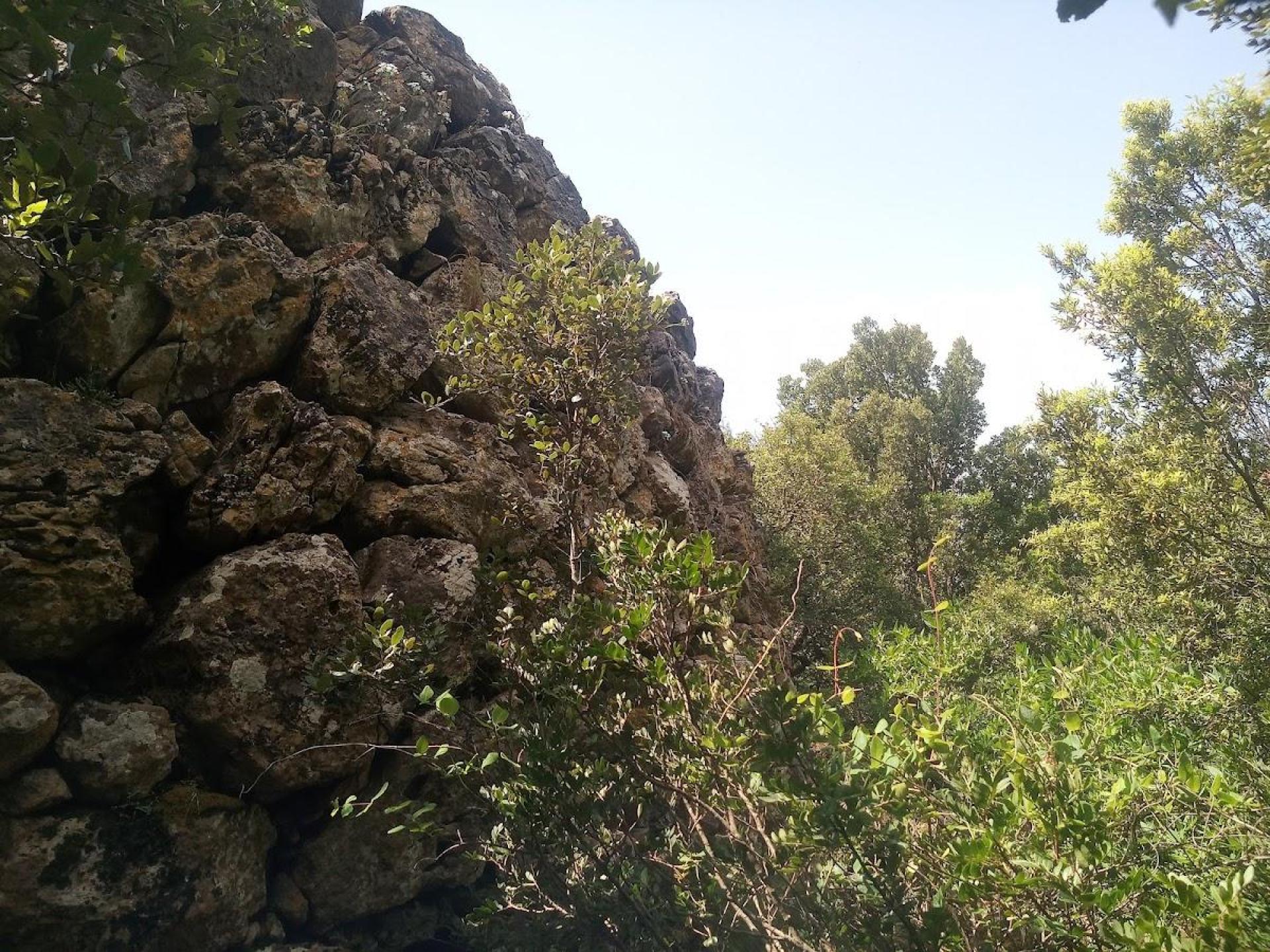The trail that winds through the canyon is marked and equipped with rope handrails and metal ladders for the more difficult sections. It's recommended to wear a helmet due to the narrow passages between the rock walls. There are numerous springs you can find along the way, including Funtana Abbamessi, Funtana Perdu Corona, and Funtana Stangione.
The most representative forest formations consist of holm oak forests, as well as thickets of strawberry trees, mock privet, and juniper, in addition to conifer reforestation. The presence of endemic species, exclusively Sardinian, is significant throughout the entire area. The park holds considerable naturalistic importance, as it is not uncommon to encounter the Sardinian deer and the mouflon, both protected species that have recently been reintroduced to these territories.
Among the historical, cultural, and archaeological sites that can be visited along the trails are the country church of Santa Barbara and the Nuraghes Prediargiu, San Pietro, and Trutturis. The viewpoint, located right on the summit of Bruncu Santoru (643 m a.s.l.), is also of great naturalistic interest, offering a panoramic view of the surrounding peaks and valleys.
Inside the Park, there is a caving school with a climbing wall for courses and training. There is also a center for holding conferences, fairs, and various types of meetings. The area preserves ancient agro-pastoral activities such as livestock farming, viticulture, and craftsmanship. The trail network has a fairly uniform difficulty level, allowing access to the entire area, both coastal and mountainous. This makes it possible to take long-distance loop trails or short routes to visit specific attractions, as well as to reach the northern and southern areas of the island by following the Sentiero Italia (Italy Trail), which crosses the Santa Barbara Park area adjacent to Santoru Park.



